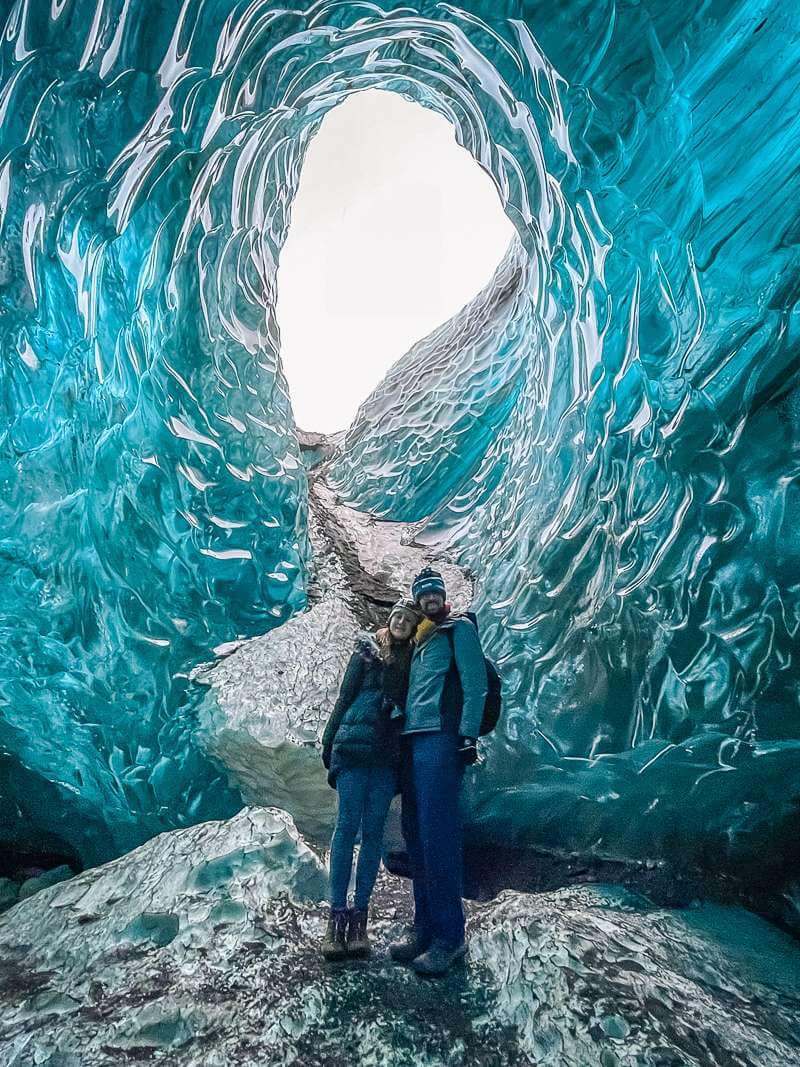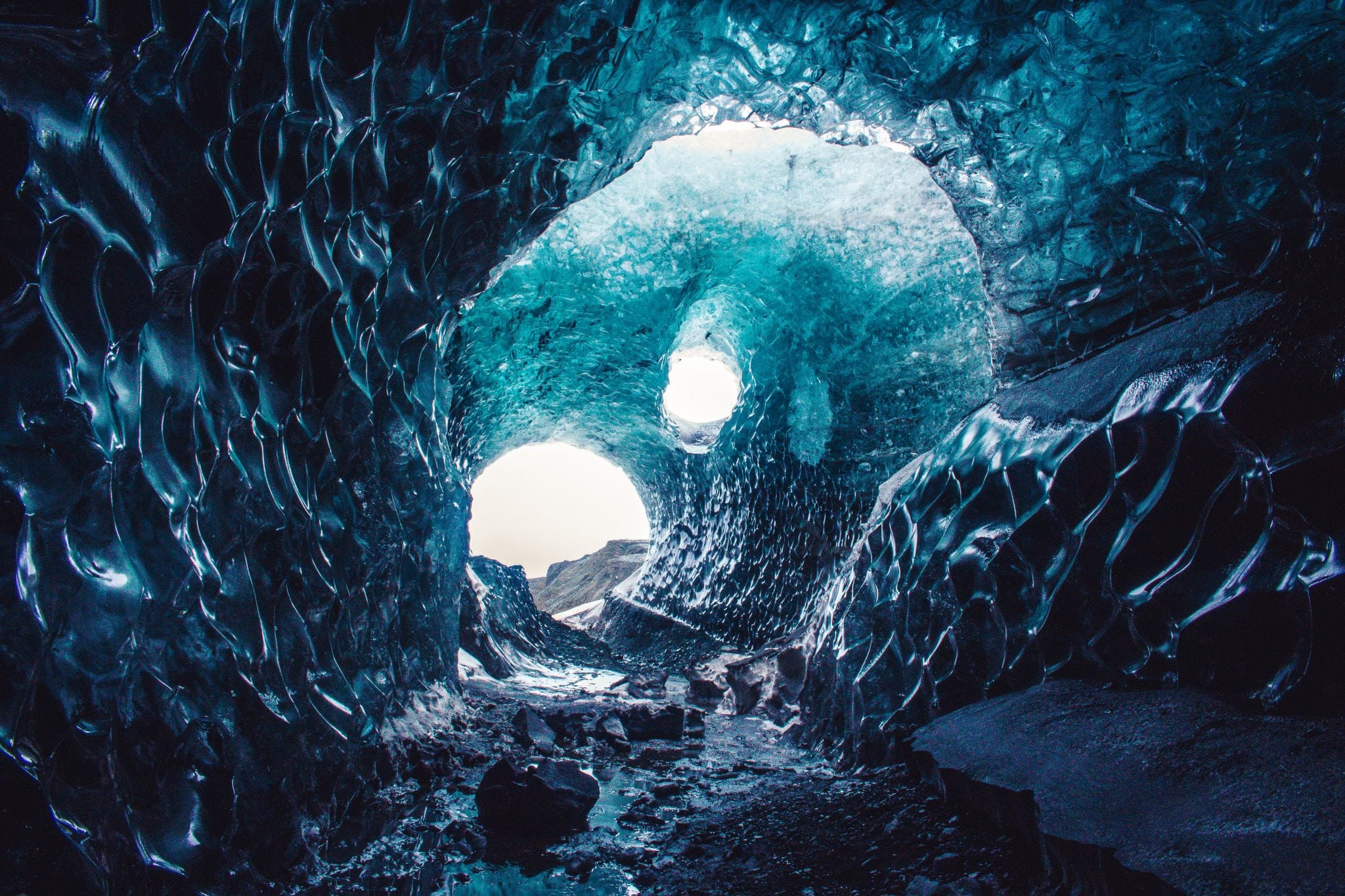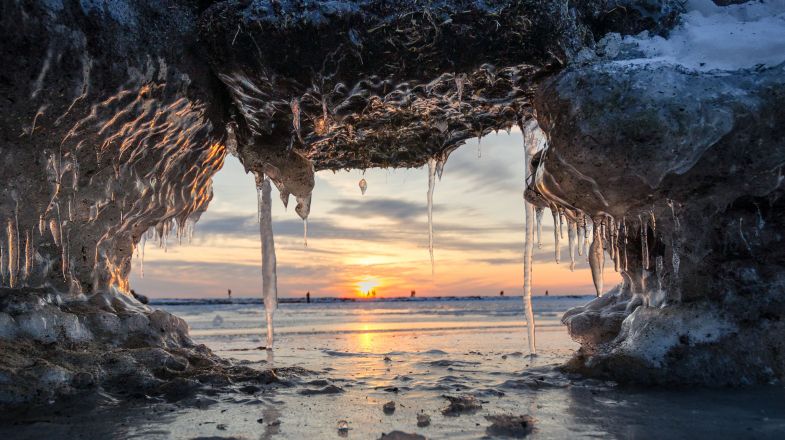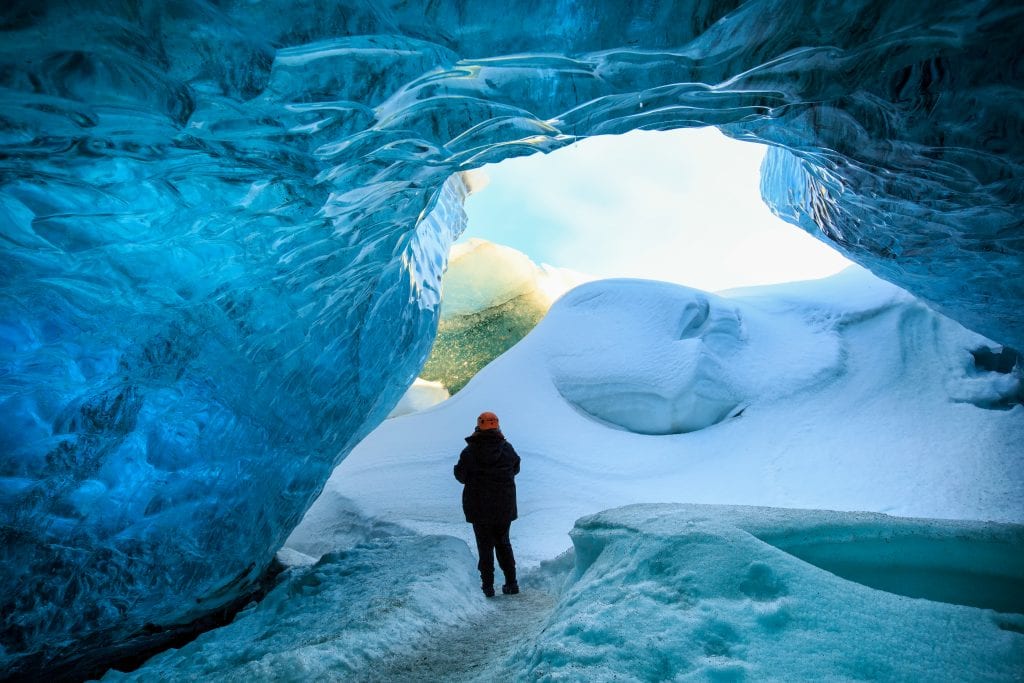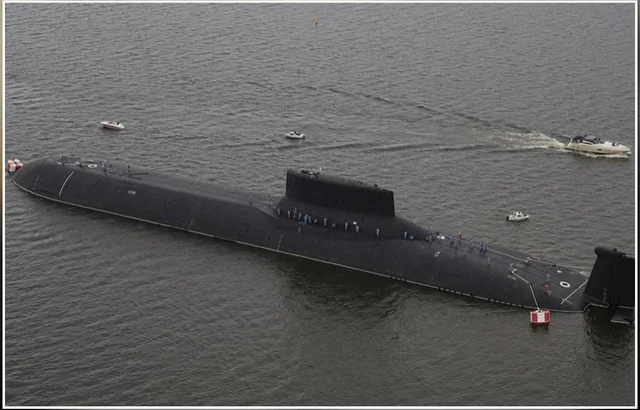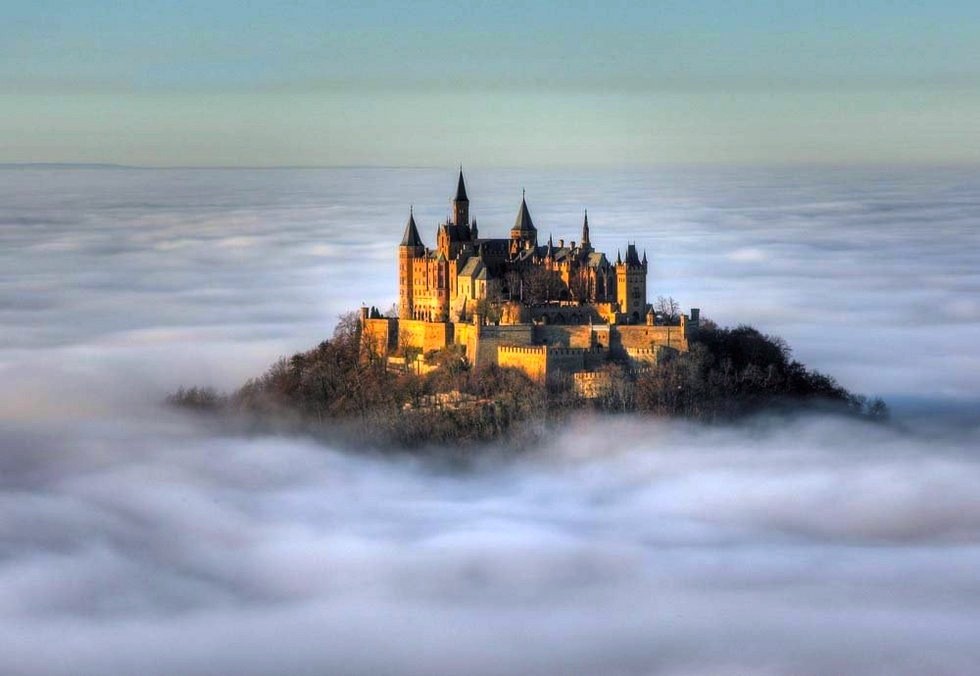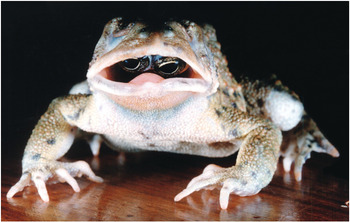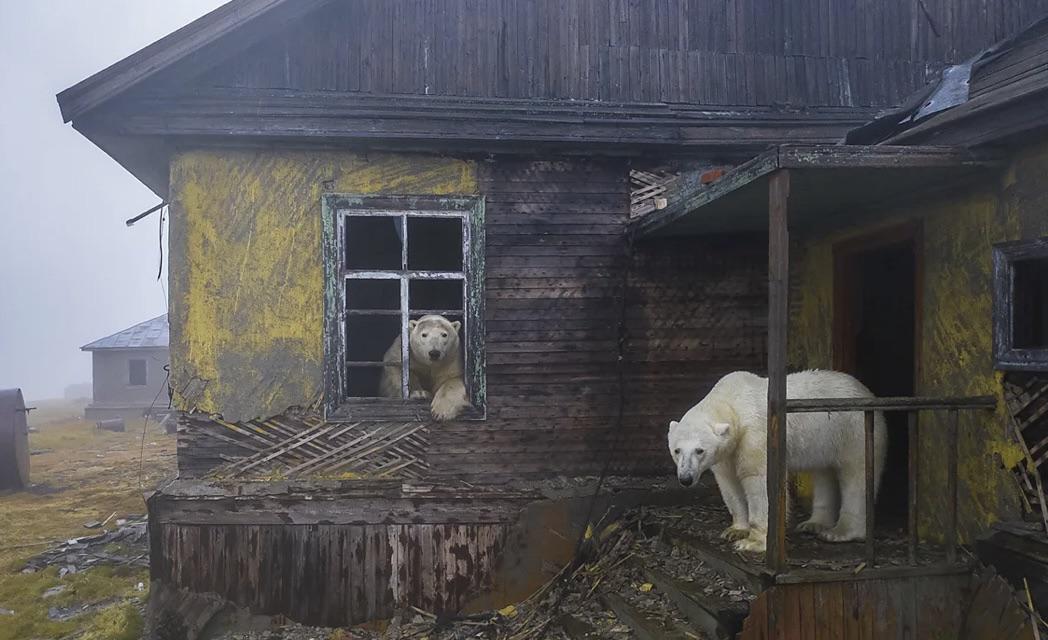Beneath Iceland’s massive glaciers lies a hidden world of breathtaking beauty—the ice caves. These natural wonders, sculpted by the elements over centuries, transform each winter into ethereal chambers of crystalline blue that draw adventurers and photographers from across the globe. These ephemeral formations represent one of nature’s most spectacular phenomena, offering visitors a rare glimpse into the heart of Iceland’s frozen wilderness.
Ice caves are formed through a remarkable natural process. During summer months, meltwater carves tunnels and chambers through the glaciers. When temperatures drop in winter, these water channels freeze, creating caves of solid ice. What makes Iceland’s ice caves particularly extraordinary is their striking blue coloration—a result of compressed snow that has transformed into dense glacier ice, absorbing all colors of the light spectrum except blue.
Unlike stone caves that remain relatively stable for thousands of years, ice caves are dynamic, transforming dramatically from season to season. Some may collapse and disappear entirely, while new formations emerge elsewhere. This impermanence adds to their mystique—each visit offers a completely unique experience that cannot be precisely replicated.
The largest concentration of accessible ice caves is found beneath Vatnajökull, Europe’s largest glacier, covering approximately 8% of Iceland’s landmass. The Crystal Cave, perhaps the most photographed ice cave in the world, features walls so translucent they appear illuminated from within when sunlight filters through the glacial ice.
The Sapphire Ice Cave, named for its intensely blue interior, creates the sensation of standing inside a massive gemstone. Its smooth, curved walls and ceiling showcase varying shades of blue, from pale aquamarine to deep cobalt, creating a surreal environment that seems more fantasy than reality.
Another remarkable formation, the Katla Ice Cave, is unusual for being accessible year-round. Located under the Kötlujökull glacier near the notorious Katla volcano, this cave features dramatic contrasts of black volcanic ash embedded within blue-white ice—a striking visual representation of Iceland’s dual identity as the “land of ice and fire.”
The allure of ice caves comes with significant risks. These structures are in constant flux, shifting and changing with temperature fluctuations. Glaciers themselves are moving rivers of ice, advancing and retreating with seasonal changes and longer-term climate patterns. Caves can collapse without warning, making experienced guides essential for safe exploration.
Additionally, access is strictly seasonal. Most ice caves are only safe to visit during winter months (November through March) when temperatures remain consistently below freezing. During warmer periods, increased meltwater and structural instability make exploration extremely hazardous.
Ice caves hold a special place in Icelandic folklore and cultural identity. In traditional tales, these frozen chambers were said to be the homes of trolls and other mythical beings. The Old Norse word “jökull” (glacier) features prominently in Icelandic family names and place names, underscoring the cultural importance of these ice formations to the nation’s heritage.
Today, ice caves serve as powerful symbols in Iceland’s environmental consciousness. As climate change accelerates glacial retreat across the country, many iconic ice caves have disappeared, and others are noticeably shrinking. Scientists and guides document these changes, creating a poignant record of these vanishing natural wonders.
Visitors seeking to explore these frozen marvels must join guided tours, as solo exploration is both dangerous and prohibited. Tours typically involve super-jeep rides across rough glacial terrain followed by short hikes to cave entrances. Once inside, visitors are rewarded with an otherworldly experience—standing within chambers where light plays through translucent walls, creating an atmosphere often described as spiritual.
Photographers particularly treasure ice caves for their extraordinary lighting conditions. The interior ice filters and diffuses daylight, creating a soft, ethereal glow that seems to emanate from the very walls. These conditions produce some of the most striking landscape photographs possible, capturing blues so intense they appear almost artificial.
The ice caves of Iceland represent nature at its most artistically sublime—constantly changing masterpieces that exist temporarily before transforming into something entirely new. In a world increasingly dominated by permanent human constructions, these ephemeral natural cathedrals remind us of the beautiful impermanence inherent in our planet’s most spectacular wonders.
For those fortunate enough to witness them, Iceland’s ice caves provide more than just stunning photographs—they offer a profound connection to the raw, creative power of nature and a glimpse into the heart of one of Earth’s most dynamic landscapes.
